School and Youth Organization Volunteer Opportunities Interest Form
Thank you for your interest in partnering with the C&O Canal Trust. Our team will review your inquiry, and you can expect to hear from us within one week. Please [...]Corporate and Nonprofit Stewardship Interest Form
Corporate and Nonprofit Stewardship Interest Form Thank you for your interest in partnering with the C&O Canal Trust. Our team will review your inquiry, and you can expect to hear [...]Canal Community Days Event at Great Falls
Photo by Francis Grant-Suttie Canal Community Days at Great Falls April 22, 2023 9 a.m. - 12 p.m. Thank you to all the volunteers who joined us. You helped Make [...]Celebrate FeBREWary with the C&O Canal Libations Trail
We are excited to announce the widely popular C&O Canal Libations Trail will carry on in 2023! Featuring craft breweries located in or nearby the ten Canal Towns, the popular […]
Winter Wonderland Along the C&O Canal
Step out onto the towpath this winter and experience the magic of the C&O Canal blanketed in snow. Be mindful of winter conditions when visiting the Park and always check [...]Seeking Freedom Beyond the C&O Canal
The Potomac River and its companion C&O Canal were the northern boundary of the Confederate states. Many people fled to that boundary and the Union protection beyond it. A curious […]
Carderock C&O Canal Wayside Wins National NAI Award
Two wayside exhibits, documenting life at Civilian Conservation Corps (CCC) camps NP-1 and NP-2 on the Chesapeake & Ohio Canal during the Great Depression were the recipient of a National […]
Canal Story #50: Robin Zanotti
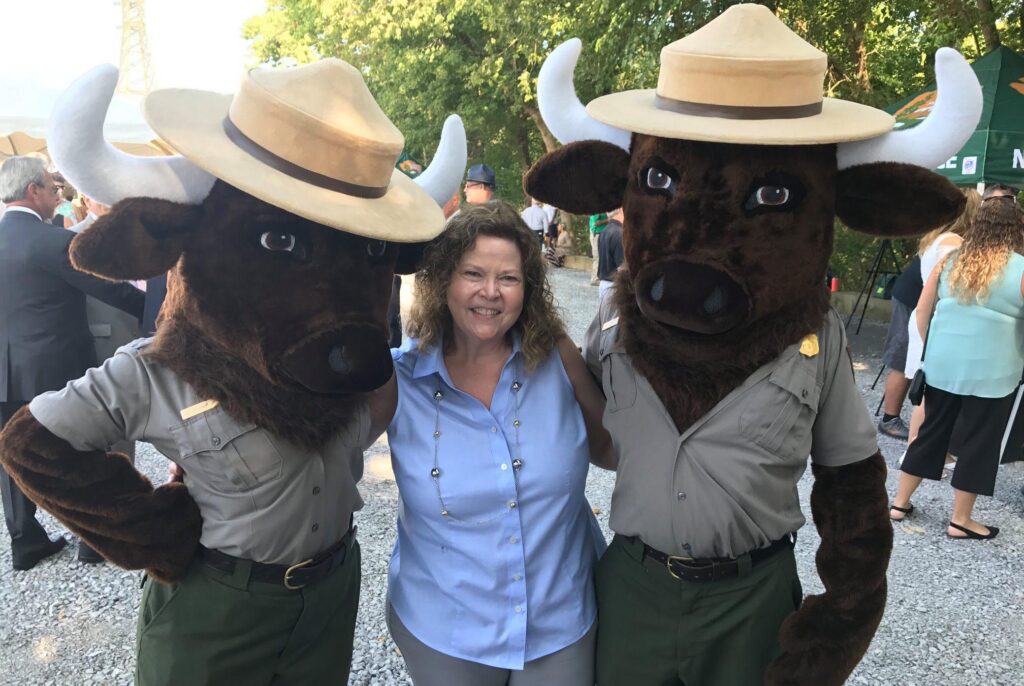 To celebrate the 50th anniversary of the C&O Canal becoming a National Historical Park, we are featuring 50 Canal Stories throughout 2021. Each story will take a look at a person’s relationship [...]
To celebrate the 50th anniversary of the C&O Canal becoming a National Historical Park, we are featuring 50 Canal Stories throughout 2021. Each story will take a look at a person’s relationship [...] C&O Canal Trust Presents the C&O Canal National Historical Park With $200,000
On December 9, 2021 the C&O Canal Trust presented a gift of $200,000 to the C&O Canal National Historical Park (NHP). “The C&O Canal Trust provides the ways and means […]
Canal Story #49: Dane Francis Trembath
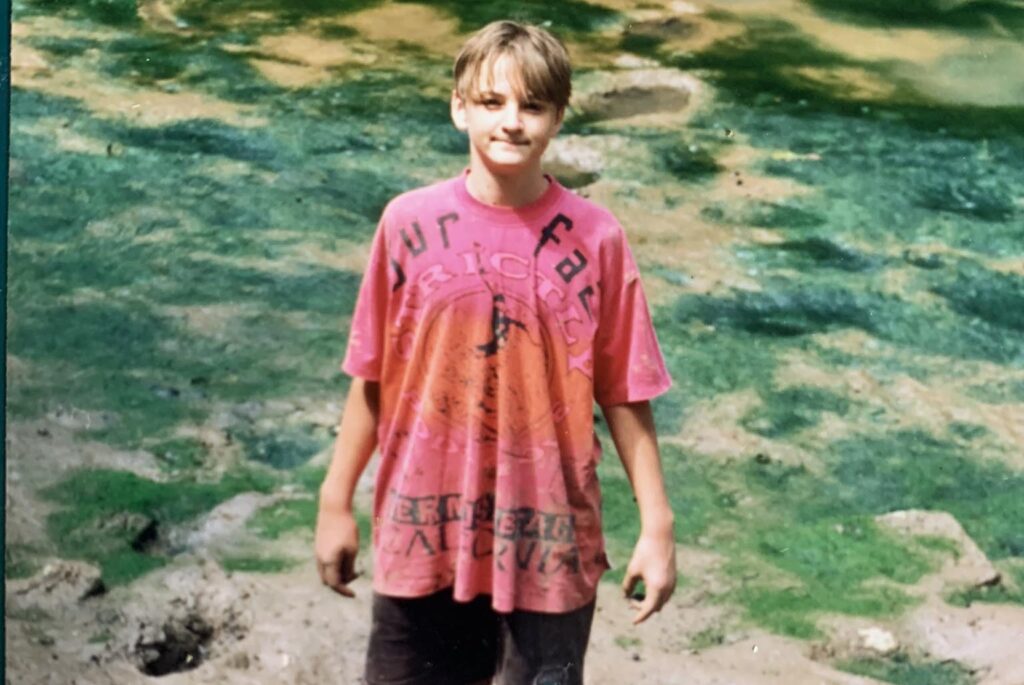 To celebrate the 50th anniversary of the C&O Canal becoming a National Historical Park, we are featuring 50 Canal Stories throughout 2021. Each story will take a look at a person’s relationship [...]
To celebrate the 50th anniversary of the C&O Canal becoming a National Historical Park, we are featuring 50 Canal Stories throughout 2021. Each story will take a look at a person’s relationship [...] Photo Contest Winners of 2021
This past year, in 2021, we received so many great photo contest entries. From iconic nature pictures to mesmerizing sunsets to beautiful day-trips along the towpath, we have seen the [...]Canal Story #48: Kathy Wilt
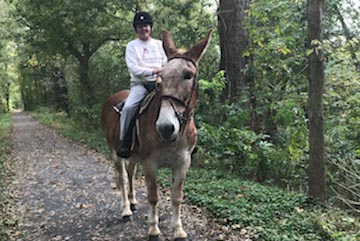 To celebrate the 50th anniversary of the C&O Canal becoming a National Historical Park, we are featuring 50 Canal Stories throughout 2021. Each story will take a look at a person’s relationship [...]
To celebrate the 50th anniversary of the C&O Canal becoming a National Historical Park, we are featuring 50 Canal Stories throughout 2021. Each story will take a look at a person’s relationship [...] Canal Story #47: Tammy Giberson
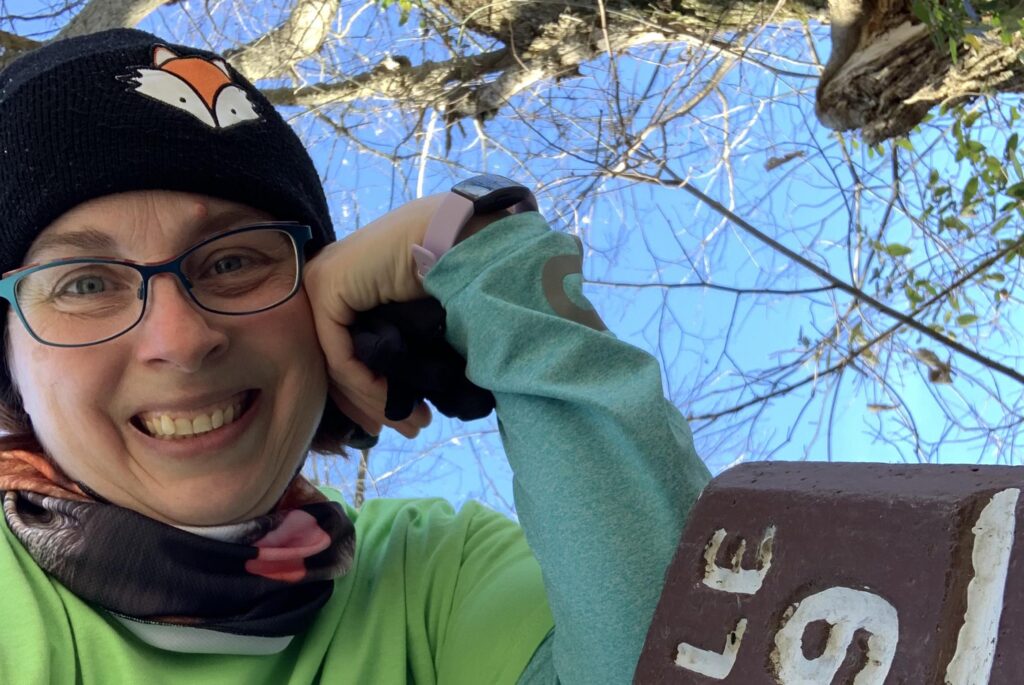 To celebrate the 50th anniversary of the C&O Canal becoming a National Historical Park, we are featuring 50 Canal Stories throughout 2021. Each story will take a look at a person’s relationship [...]
To celebrate the 50th anniversary of the C&O Canal becoming a National Historical Park, we are featuring 50 Canal Stories throughout 2021. Each story will take a look at a person’s relationship [...] Canal Story #46: Denise Greer
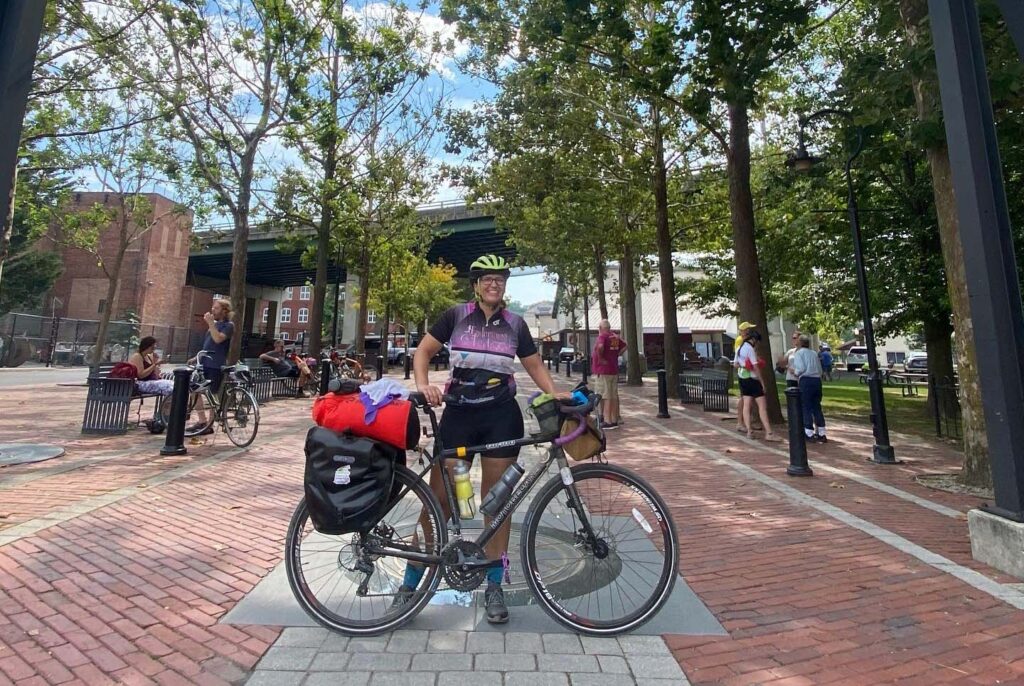 To celebrate the 50th anniversary of the C&O Canal becoming a National Historical Park, we are featuring 50 Canal Stories throughout 2021. Each story will take a look at a person’s relationship [...]
To celebrate the 50th anniversary of the C&O Canal becoming a National Historical Park, we are featuring 50 Canal Stories throughout 2021. Each story will take a look at a person’s relationship [...] C&O Canal Trust Reflects on Programs This Year
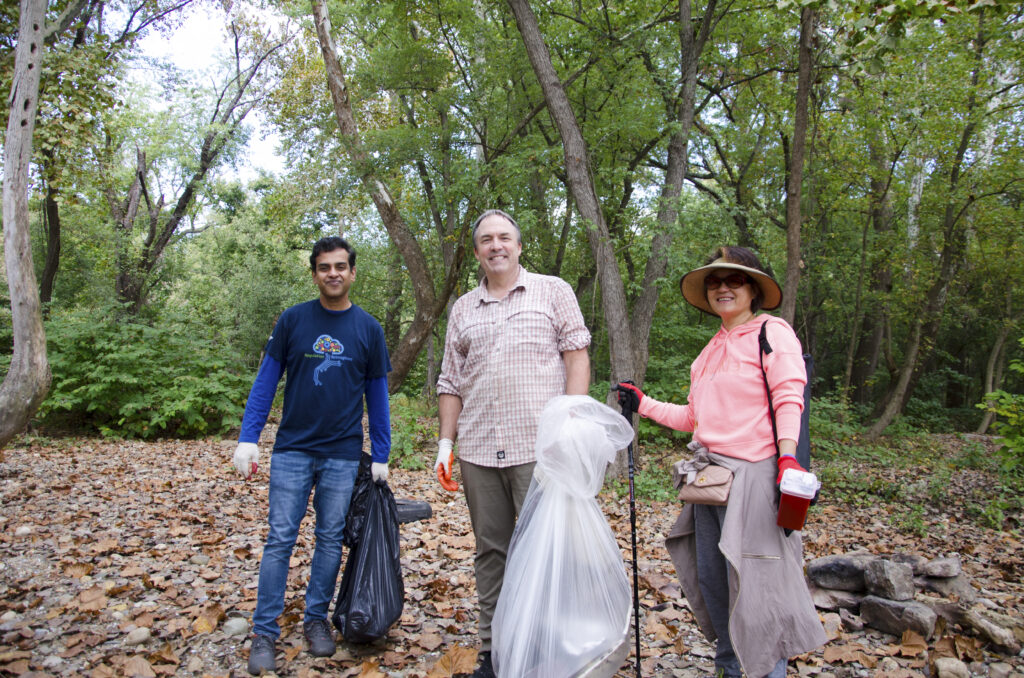
As the volunteer project season draws to a close, I am amazed at how quickly and eagerly people have stepped up to help take care of the park, especially when […]
Canal Story #45: Patricia Mayernik
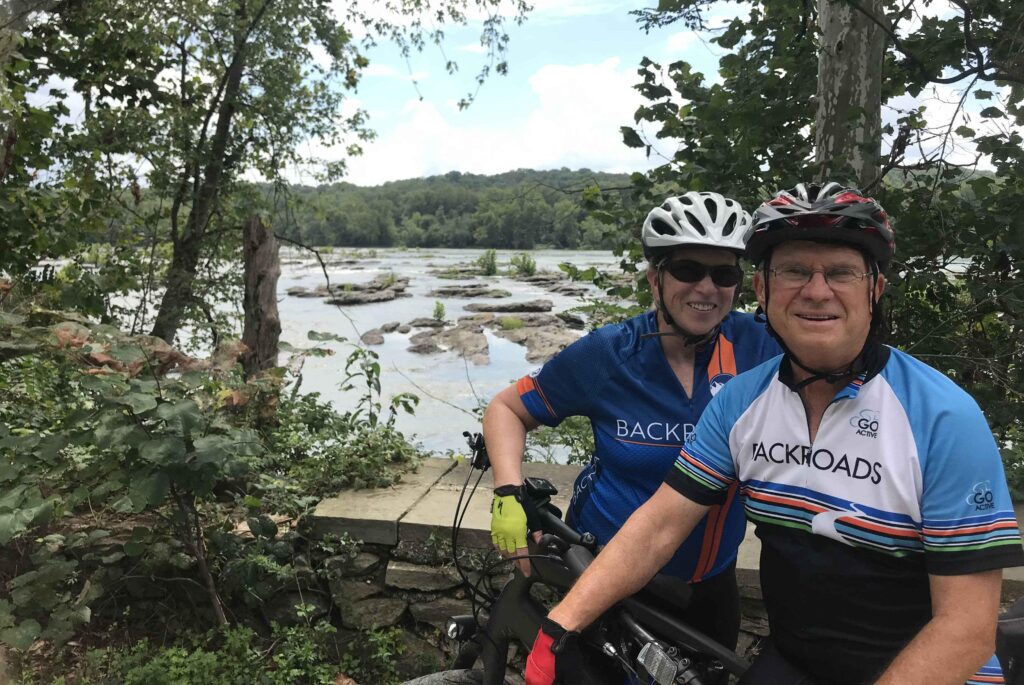 To celebrate the 50th anniversary of the C&O Canal becoming a National Historical Park, we are featuring 50 Canal Stories throughout 2021. Each story will take a look at a person’s relationship [...]
To celebrate the 50th anniversary of the C&O Canal becoming a National Historical Park, we are featuring 50 Canal Stories throughout 2021. Each story will take a look at a person’s relationship [...] Canal Story #44: Elaine Stonebraker
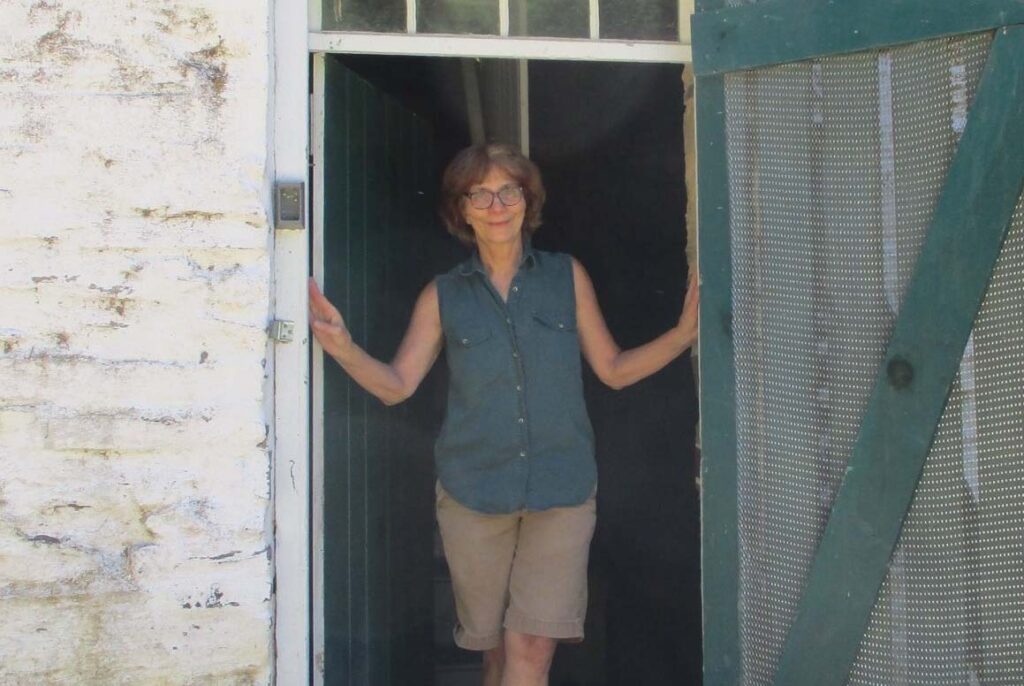 To celebrate the 50th anniversary of the C&O Canal becoming a National Historical Park, we are featuring 50 Canal Stories throughout 2021. Each story will take a look at a person’s relationship [...]
To celebrate the 50th anniversary of the C&O Canal becoming a National Historical Park, we are featuring 50 Canal Stories throughout 2021. Each story will take a look at a person’s relationship [...] Canal Story #43: Craig Griffin
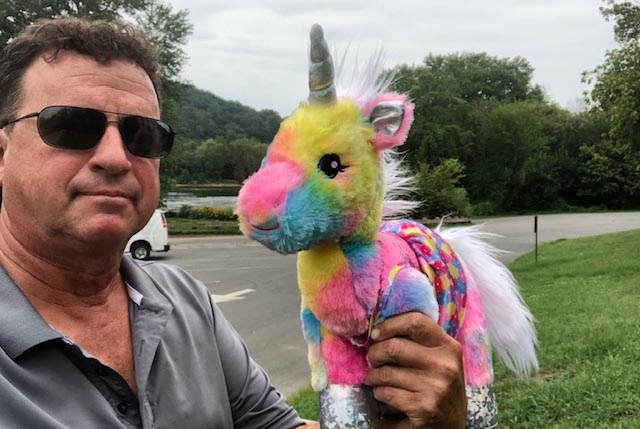 To celebrate the 50th anniversary of the C&O Canal becoming a National Historical Park, we are featuring 50 Canal Stories throughout 2021. Each story will take a look at a person’s relationship [...]
To celebrate the 50th anniversary of the C&O Canal becoming a National Historical Park, we are featuring 50 Canal Stories throughout 2021. Each story will take a look at a person’s relationship [...] Canal Story #42: Anthony Bates
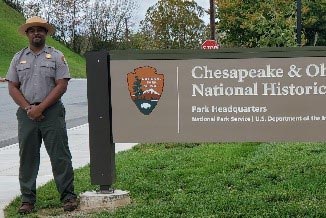 To celebrate the 50th anniversary of the C&O Canal becoming a National Historical Park, we are featuring 50 Canal Stories throughout 2021. Each story will take a look at a person’s relationship [...]
To celebrate the 50th anniversary of the C&O Canal becoming a National Historical Park, we are featuring 50 Canal Stories throughout 2021. Each story will take a look at a person’s relationship [...] C&O Canal Trust Celebrates a Successful Year for Canal Community Days
Canal Community Days is the C&O Canal Trust’s annual volunteer program. Each year, we recruit and manage hundreds of volunteers to undertake a range of preservation, beautification, maintenance, and conservation […]
What Are You Thankful For?
The C&O Canal is a very special place, and we are so grateful to have all 184.5 miles right in our backyard to explore, recreate, and enjoy. This season, we […]
Canal Story #41: Lorna Hainesworth
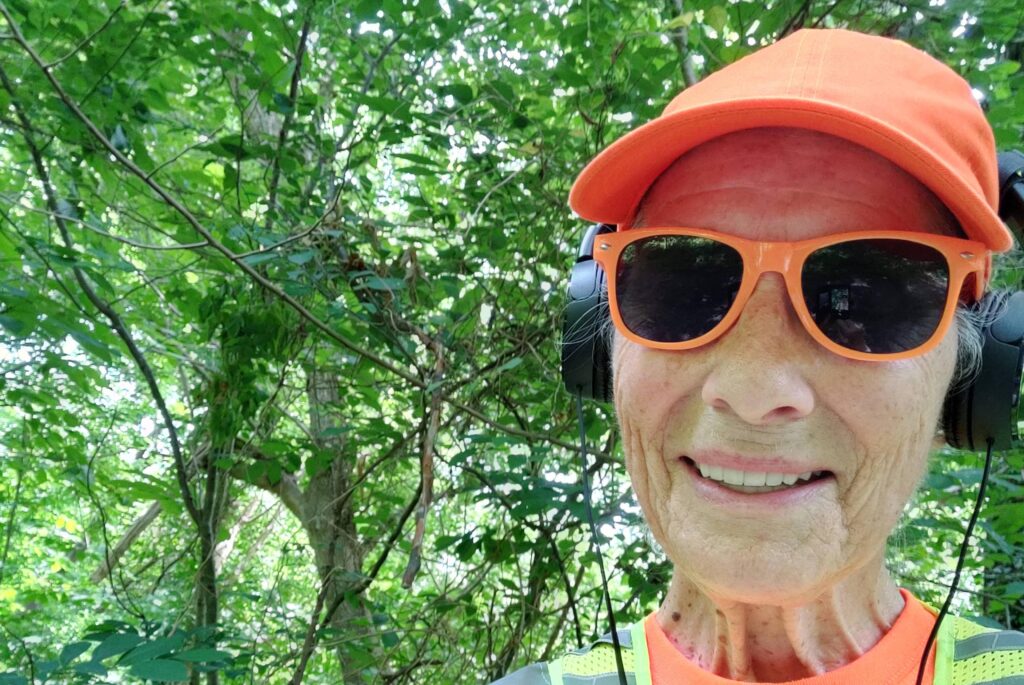 To celebrate the 50th anniversary of the C&O Canal becoming a National Historical Park, we are featuring 50 Canal Stories throughout 2021. Each story will take a look at a person’s relationship [...]
To celebrate the 50th anniversary of the C&O Canal becoming a National Historical Park, we are featuring 50 Canal Stories throughout 2021. Each story will take a look at a person’s relationship [...] Canal Story #40: Catherine Bragaw
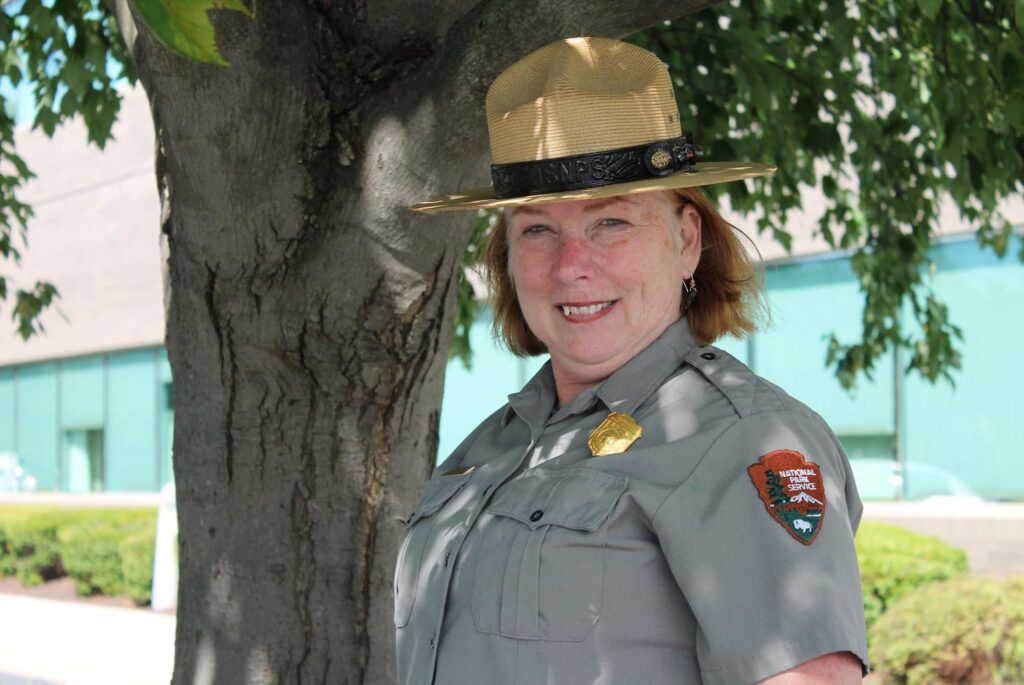 To celebrate the 50th anniversary of the C&O Canal becoming a National Historical Park, we are featuring 50 Canal Stories throughout 2021. Each story will take a look at a person’s relationship [...]
To celebrate the 50th anniversary of the C&O Canal becoming a National Historical Park, we are featuring 50 Canal Stories throughout 2021. Each story will take a look at a person’s relationship [...] Canal Story #39: Bill and Leslie Brettschneider
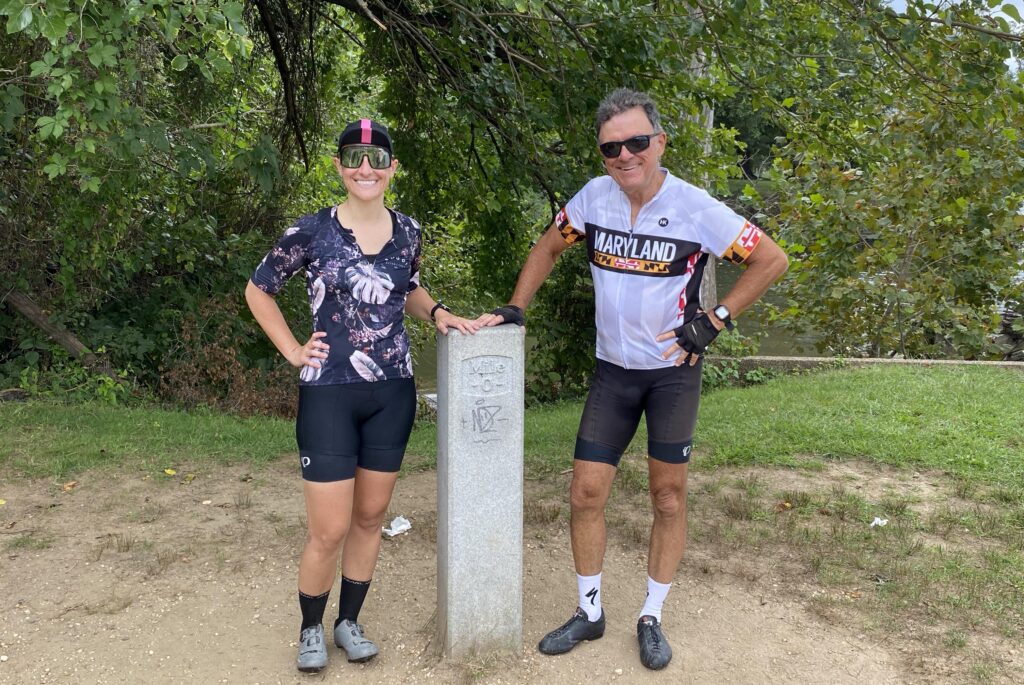 To celebrate the 50th anniversary of the C&O Canal becoming a National Historical Park, we are featuring 50 Canal Stories throughout 2021. Each story will take a look at a person’s relationship [...]
To celebrate the 50th anniversary of the C&O Canal becoming a National Historical Park, we are featuring 50 Canal Stories throughout 2021. Each story will take a look at a person’s relationship [...] Trust Raises Over $150,000 at Picnic in the Park
On Sunday, September 12, the C&O Canal Trust hosted Picnic in the Park to celebrate and raise funds for the C&O Canal National Historical Park’s 50th anniversary. The event was […]
Canal Story #38: The Hanna Family
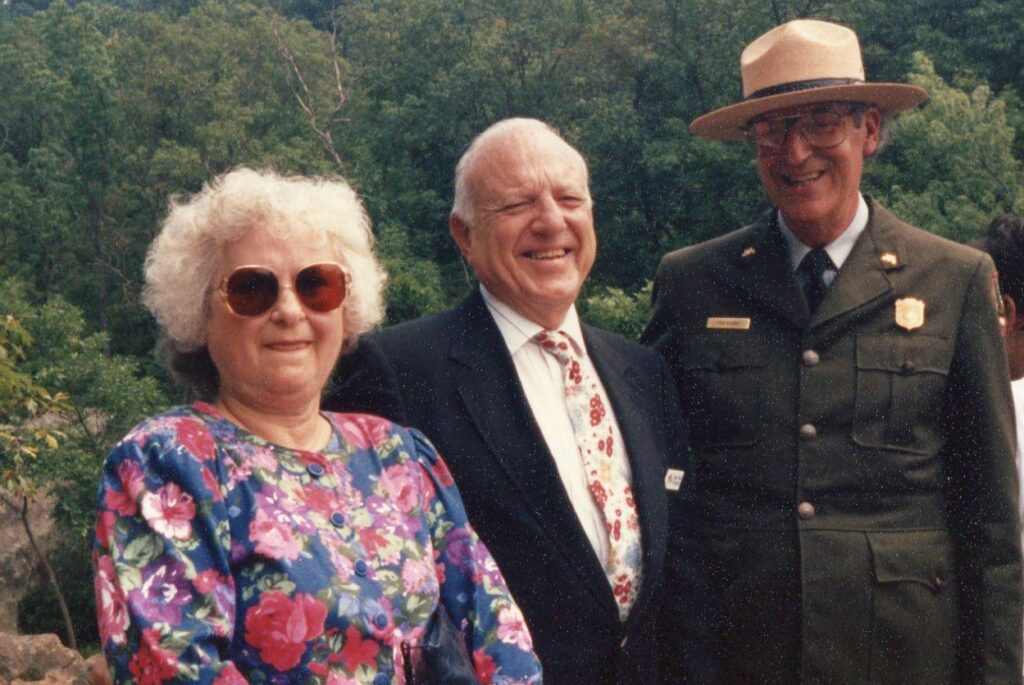 To celebrate the 50th anniversary of the C&O Canal becoming a National Historical Park, we are featuring 50 Canal Stories throughout 2021. Each story will take a look at a person’s relationship [...]
To celebrate the 50th anniversary of the C&O Canal becoming a National Historical Park, we are featuring 50 Canal Stories throughout 2021. Each story will take a look at a person’s relationship [...] Volunteer Quartermasters Serve an Invaluable Role in the Canal Quarters Program
The Canal Quarters program allows visitors to experience the natural beauty of the Park firsthand. Each of the seven lockhouses in the program have been rehabilitated and depict a different […]
Canal Story #37: Janine Wilkin
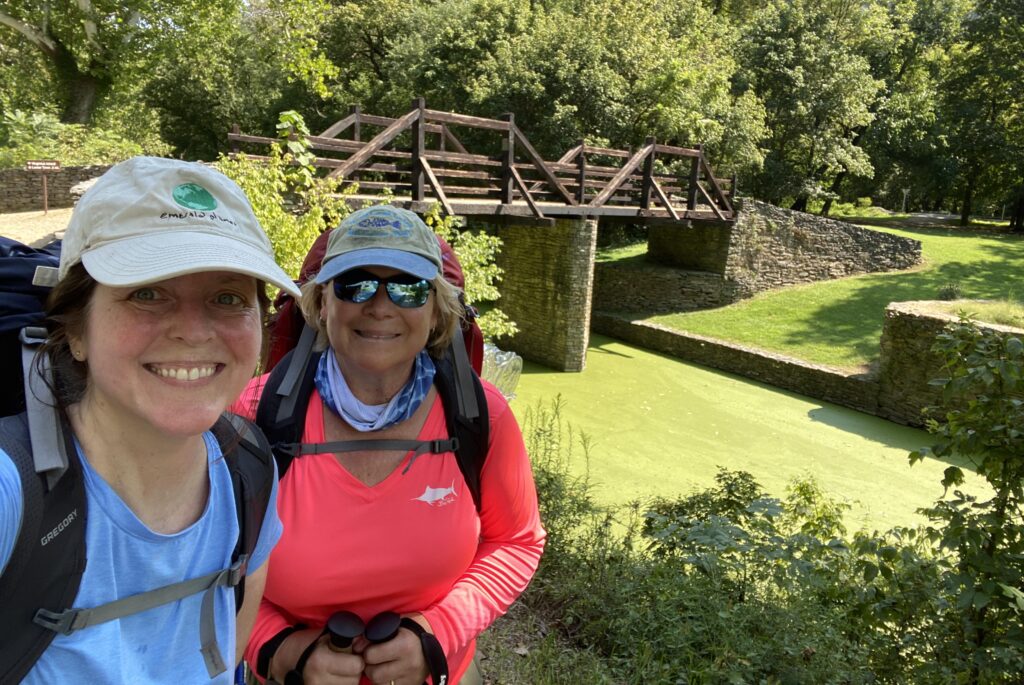 To celebrate the 50th anniversary of the C&O Canal becoming a National Historical Park, we are featuring 50 Canal Stories throughout 2021. Each story will take a look at a person’s relationship [...]
To celebrate the 50th anniversary of the C&O Canal becoming a National Historical Park, we are featuring 50 Canal Stories throughout 2021. Each story will take a look at a person’s relationship [...] Canal Story #36: Lee Goodwin
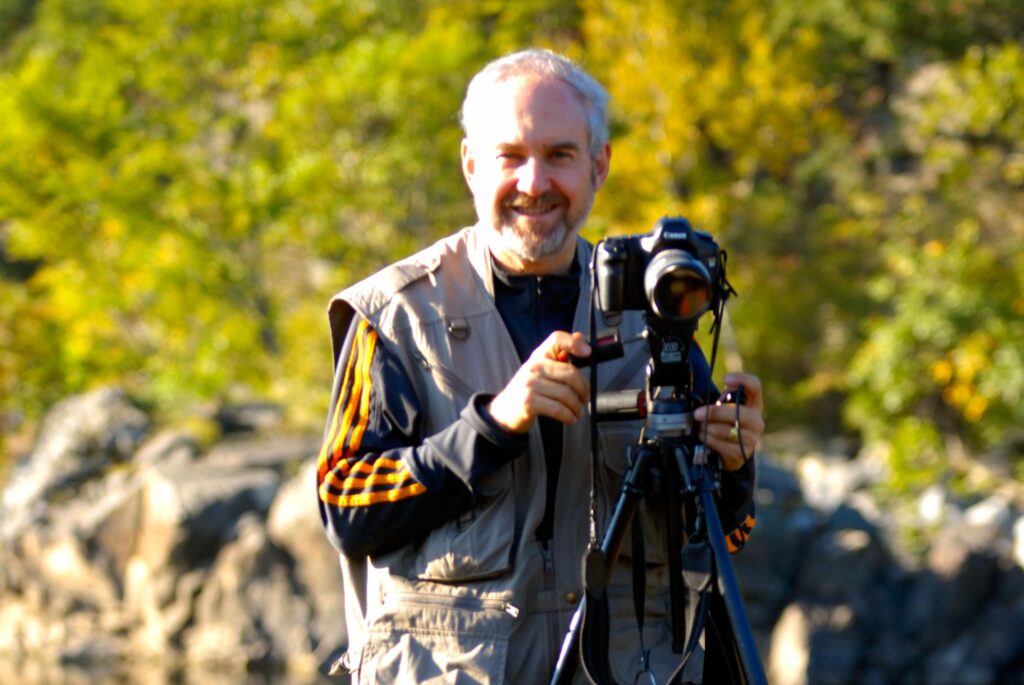 To celebrate the 50th anniversary of the C&O Canal becoming a National Historical Park, we are featuring 50 Canal Stories throughout 2021. Each story will take a look at a person’s relationship [...]
To celebrate the 50th anniversary of the C&O Canal becoming a National Historical Park, we are featuring 50 Canal Stories throughout 2021. Each story will take a look at a person’s relationship [...] Canal Story #35: Molly Lynch
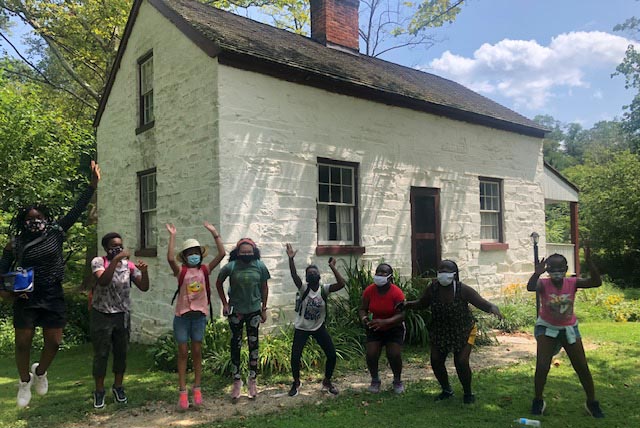 To celebrate the 50th anniversary of the C&O Canal becoming a National Historical Park, we are featuring 50 Canal Stories throughout 2021. Each story will take a look at a person’s relationship [...]
To celebrate the 50th anniversary of the C&O Canal becoming a National Historical Park, we are featuring 50 Canal Stories throughout 2021. Each story will take a look at a person’s relationship [...] C&O Canal Trust Reflects on Canal For All Programming This Year
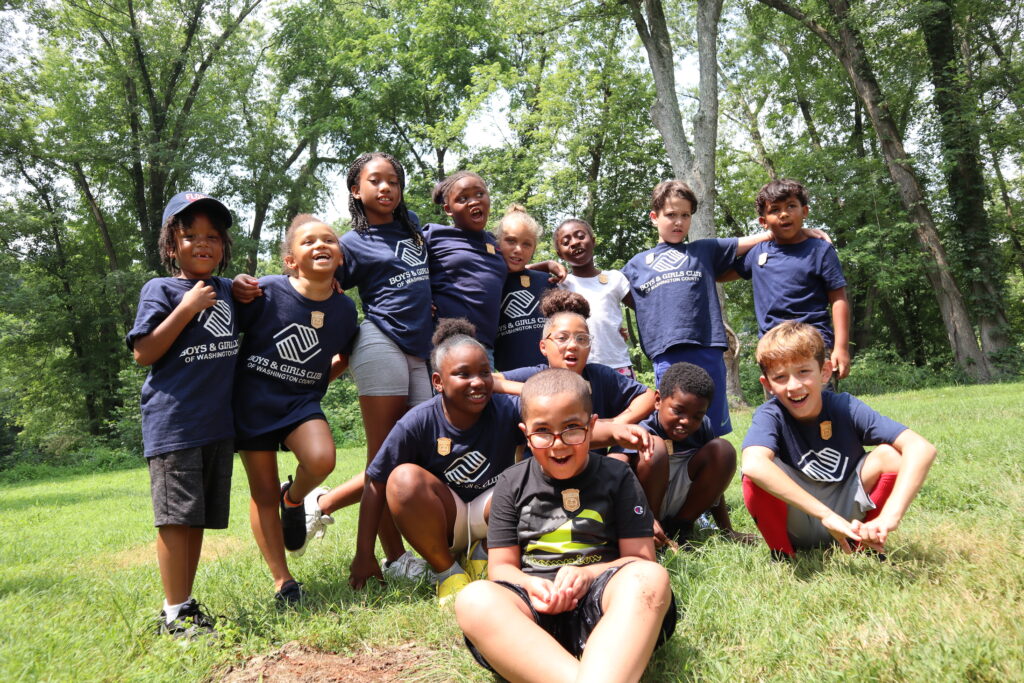
The C&O Canal Trust’s Canal For All program was launched in 2017 with the goal of engaging young people from underrepresented communities in programs in the C&O Canal National Historical […]
Canal Story #34: Thomas Lynch
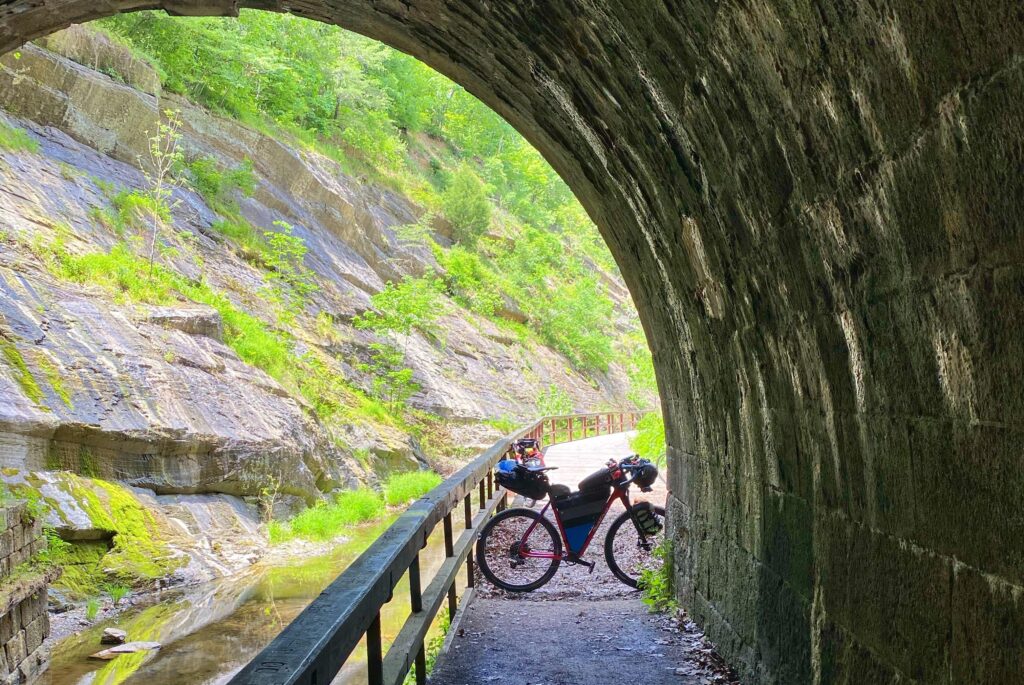 To celebrate the 50th anniversary of the C&O Canal becoming a National Historical Park, we are featuring 50 Canal Stories throughout 2021. Each story will take a look at a person’s relationship [...]
To celebrate the 50th anniversary of the C&O Canal becoming a National Historical Park, we are featuring 50 Canal Stories throughout 2021. Each story will take a look at a person’s relationship [...] Canal Story #33: Bill Justice
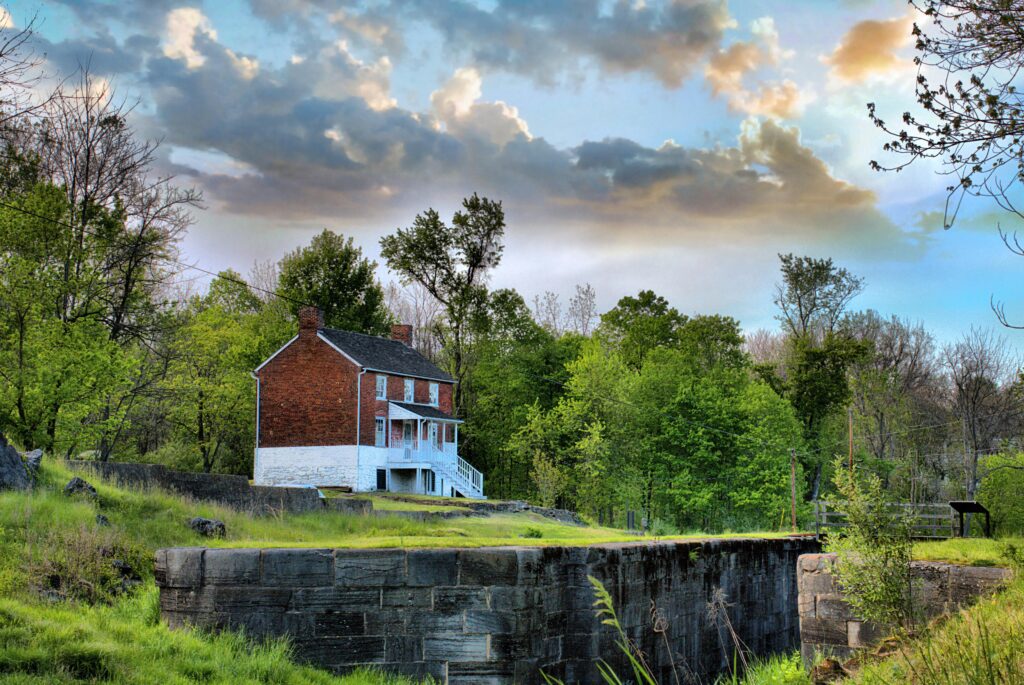 To celebrate the 50th anniversary of the C&O Canal becoming a National Historical Park, we are featuring 50 Canal Stories throughout 2021. Each story will take a look at a person’s relationship [...]
To celebrate the 50th anniversary of the C&O Canal becoming a National Historical Park, we are featuring 50 Canal Stories throughout 2021. Each story will take a look at a person’s relationship [...] Canal Story #32: Ed Purcell
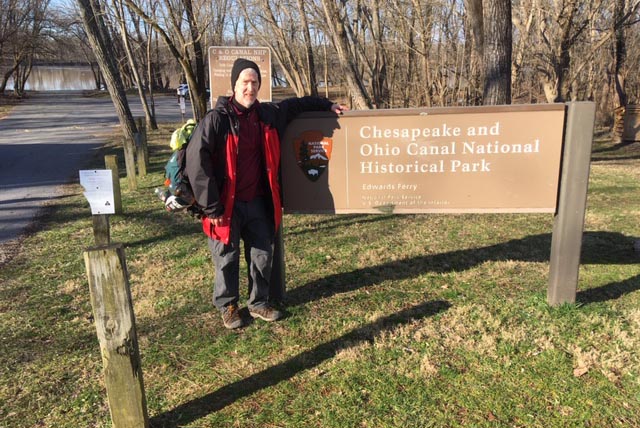 To celebrate the 50th anniversary of the C&O Canal becoming a National Historical Park, we are featuring 50 Canal Stories throughout 2021. Each story will take a look at a person’s relationship [...]
To celebrate the 50th anniversary of the C&O Canal becoming a National Historical Park, we are featuring 50 Canal Stories throughout 2021. Each story will take a look at a person’s relationship [...] Canal Story #31: Emily Ewing
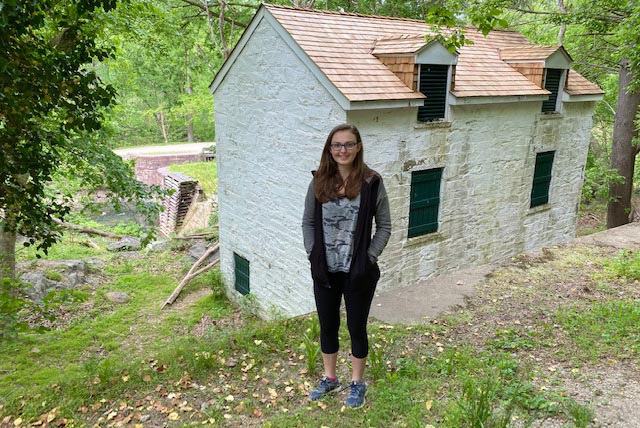 To celebrate the 50th anniversary of the C&O Canal becoming a National Historical Park, we are featuring 50 Canal Stories throughout 2021. Each story will take a look at a person’s relationship [...]
To celebrate the 50th anniversary of the C&O Canal becoming a National Historical Park, we are featuring 50 Canal Stories throughout 2021. Each story will take a look at a person’s relationship [...] Canal Story #30: Jeffrey Blander
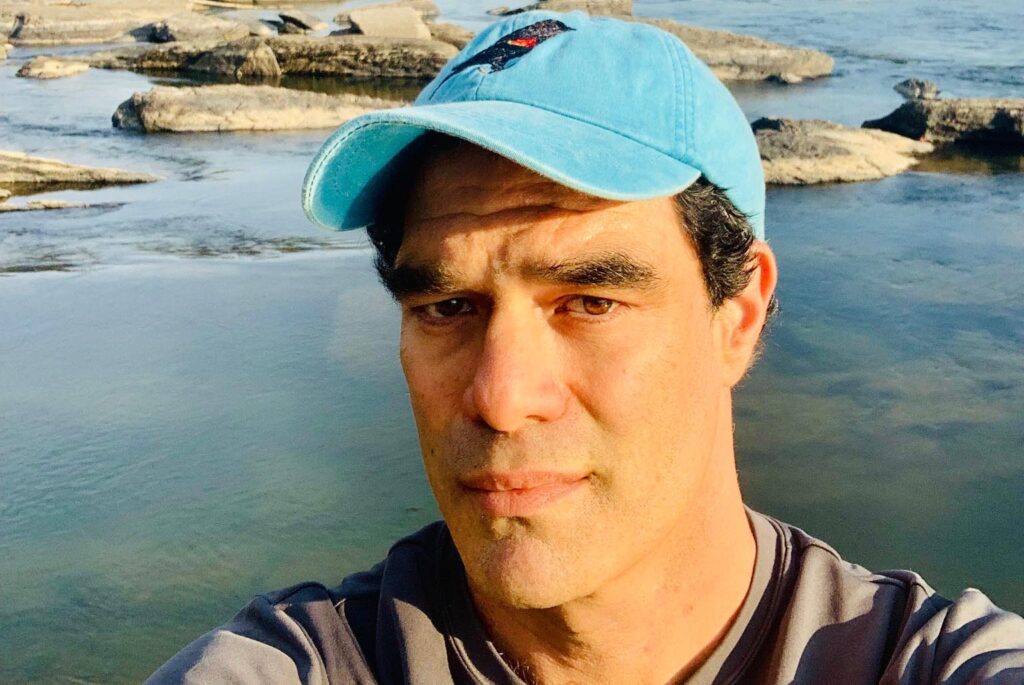 To celebrate the 50th anniversary of the C&O Canal becoming a National Historical Park, we are featuring 50 Canal Stories throughout 2021. Each story will take a look at a person’s relationship [...]
To celebrate the 50th anniversary of the C&O Canal becoming a National Historical Park, we are featuring 50 Canal Stories throughout 2021. Each story will take a look at a person’s relationship [...] 2021 TowpathGO! Raises Over $18,000 to Preserve the Park
This year, nearly 20 participants volunteered to join TowpathGO! fundraiser. Together, they raised over $18,000! What caused these individuals to answer the TowpathGO! call?
Canal Story #29: Abbie Ricketts
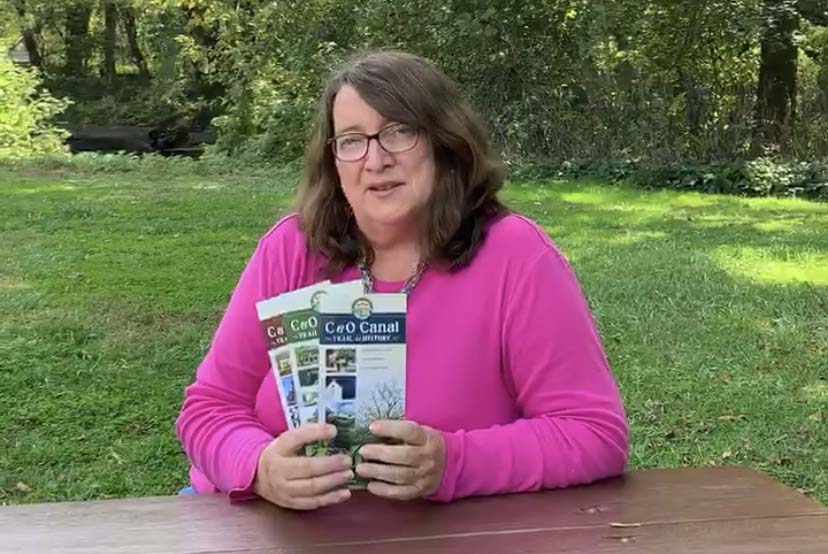 To celebrate the 50th anniversary of the C&O Canal becoming a National Historical Park, we are featuring 50 Canal Stories throughout 2021. Each story will take a look at a person’s relationship [...]
To celebrate the 50th anniversary of the C&O Canal becoming a National Historical Park, we are featuring 50 Canal Stories throughout 2021. Each story will take a look at a person’s relationship [...] Canal Story #28: Kevin Belanger
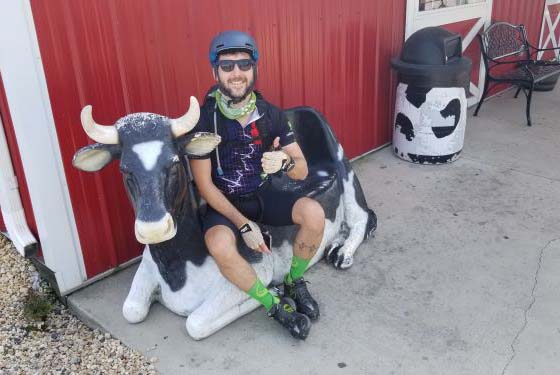 To celebrate the 50th anniversary of the C&O Canal becoming a National Historical Park, we are featuring 50 Canal Stories throughout 2021. Each story will take a look at a person’s relationship [...]
To celebrate the 50th anniversary of the C&O Canal becoming a National Historical Park, we are featuring 50 Canal Stories throughout 2021. Each story will take a look at a person’s relationship [...] Canal Story #27: Doug Reigner
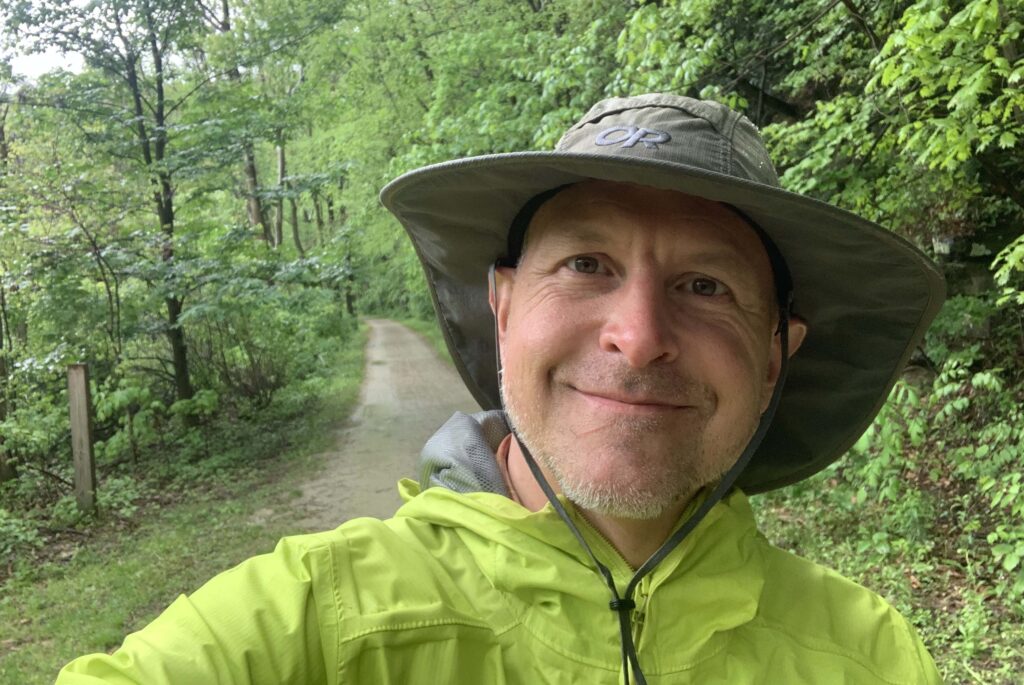 To celebrate the 50th anniversary of the C&O Canal becoming a National Historical Park, we are featuring 50 Canal Stories throughout 2021. Each story will take a look at a person’s relationship [...]
To celebrate the 50th anniversary of the C&O Canal becoming a National Historical Park, we are featuring 50 Canal Stories throughout 2021. Each story will take a look at a person’s relationship [...] 